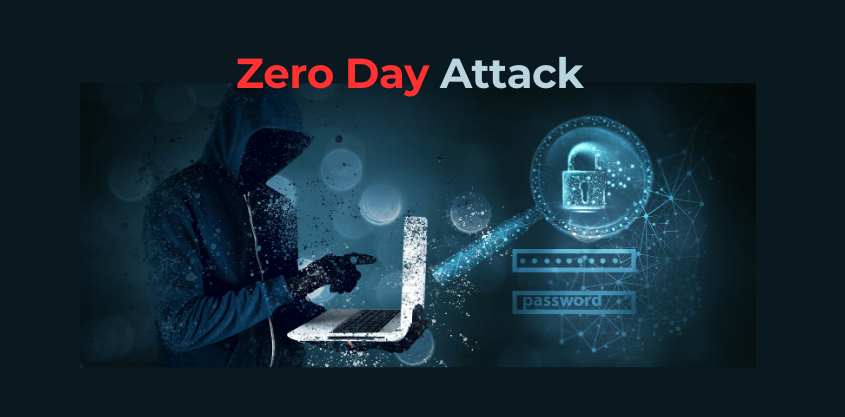Top 10 Cyber Threats in 2025 and How to Stay Safe
Top 10 Cyber Threats in 2025 and How to Stay Safe
The digital world is evolving rapidly, and with it, cyber threats are becoming more sophisticated. As we step into 2025, individuals and businesses must be more vigilant than ever to protect their sensitive data from cybercriminals. From AI-driven attacks to ransomware, the risks are growing exponentially. In this blog post, we will explore the top 10 cyber threats of 2025 and provide practical tips on how to stay safe.
1. AI-Powered Cyber Attacks
Threat Overview
Artificial Intelligence (AI) has revolutionized cybersecurity, but it has also become a tool for hackers. AI-powered cyber threats include deepfake scams, automated phishing attacks, and AI-driven malware capable of adapting to security defenses.How to Stay Safe
- Implement AI-based security solutions to detect and counter AI-driven threats.
- Verify sources before responding to emails or messages, especially those requesting sensitive information.
- Use multi-factor authentication (MFA) to add an extra layer of protection.
2. Ransomware-as-a-Service (RaaS)
Threat Overview
Ransomware remains one of the biggest threats, but now, hackers offer Ransomware-as-a-Service (RaaS), making it easier for cybercriminals to launch attacks. This means even individuals with no hacking skills can deploy ransomware to lock systems and demand payments.
How to Stay Safe
- Regularly back up important data to offline storage.
- Avoid clicking suspicious links or downloading unknown files.
- Use reliable antivirus and anti-ransomware software.
3. Phishing 2.0 – Hyper-Personalized Attacks
Threat Overview
Phishing attacks are becoming more sophisticated, with cybercriminals using AI to create highly personalized phishing emails, messages, and fake websites that are almost indistinguishable from legitimate sources.How to Stay Safe
- Always check the sender’s email address before responding.
- Use anti-phishing software to detect malicious emails.
- Educate yourself and your team about the latest phishing tactics.
4. Supply Chain Attacks
Threat Overview
Hackers are targeting software providers, vendors, and service providers to infiltrate organizations. Once inside the supply chain, they can launch widespread cyberattacks.
How to Stay Safe
- Only work with trusted vendors with strong security measures.
- Regularly audit third-party software and services.
- Keep all software updated to patch vulnerabilities.
5. Internet of Things (IoT) Vulnerabilities
Threat Overview
With the increasing adoption of smart devices, IoT-related cyberattacks are on the rise. Hackers exploit weak security in connected devices to gain unauthorized access to networks.
How to Stay Safe
- Change default passwords on IoT devices.
- Keep all smart devices updated with the latest firmware.
- Disable unnecessary features that might expose vulnerabilities.
6. Cloud Security Threats
Threat Overview
As more businesses migrate to the cloud, hackers are targeting cloud-based platforms, exploiting misconfigured settings and weak access controls to steal data.
How to Stay Safe
- Enable strong access control mechanisms.
- Encrypt sensitive data stored in the cloud.
- Regularly review and update cloud security settings.
7. Cryptocurrency and Blockchain Attacks
Threat Overview
With the growing popularity of cryptocurrencies, cybercriminals are launching attacks on crypto exchanges, wallets, and blockchain networks through hacks, scams, and cryptojacking.
How to Stay Safe
- Use hardware wallets for storing cryptocurrencies.
- Enable two-factor authentication (2FA) on crypto accounts.
- Be cautious of fraudulent crypto investment schemes.
8. Zero-Day Exploits
Threat Overview
Zero-day vulnerabilities are software flaws that are unknown to developers. Hackers exploit these flaws before patches are released, leading to major data breaches.
How to Stay Safe
- Keep all software and operating systems up to date.
- Use security tools that offer zero-day threat detection.
- Follow cybersecurity news for alerts on newly discovered vulnerabilities.
9. Social Engineering Attacks
Threat Overview
Hackers manipulate individuals into revealing confidential information by pretending to be trusted entities. These attacks include impersonation, baiting, and pretexting.
How to Stay Safe
- Verify requests for sensitive information before responding.
- Be skeptical of urgent or unexpected messages.
- Train employees and family members on common social engineering tactics.
10. Quantum Computing Threats
Threat Overview
Quantum computing is advancing, and while it offers great potential, it also poses a cybersecurity risk. Once fully developed, quantum computers could break traditional encryption, making current security systems obsolete.
How to Stay Safe
- Stay informed about quantum-resistant encryption developments.
- Implement strong cryptographic techniques.
- Work with cybersecurity professionals to future-proof security measures.
Final Thoughts
Cyber threats in 2025 are more sophisticated and dangerous than ever before. However, by staying vigilant and following best security practices, individuals and businesses can reduce their risk of falling victim to cyberattacks.
Key Takeaways:
✔ Use strong, unique passwords and enable MFA.
✔ Keep software, devices, and cloud accounts updated.
✔ Educate yourself and your team on the latest cyber threats.
✔ Regularly back up critical data.
✔ Be cautious when sharing personal or financial information.
By taking proactive steps today, you can stay one step ahead of cybercriminals and protect your digital world in 2025 and beyond.
#CyberSecurity #CyberThreats2025 #OnlineSafety #Ransomware #Phishing #CloudSecurity #AIThreats #IoTSecurity #CryptocurrencyHacks #QuantumComputing




Comments
Post a Comment